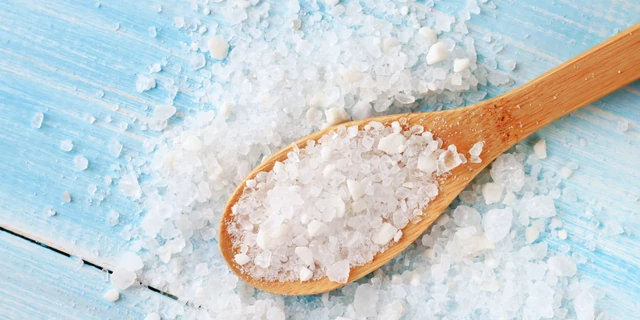One fear of every parent is not being able to protect their child from every sort of harm. Even right under our noses, children are prone to danger.
It’s true that you are what you eat, and too much salt in anybody, especially children, doesn’t spell good for anyone.
Child health experts say that excess salt intake can lead to increased blood pressure and heart problems. It doesn’t help any child who is genetically predisposed with a family history of hypertension or cardiovascular diseases. Parents should be aware of this because there are visible signs your kid is consuming too much sodium.
Fortunately, this article looks at five signs parents should watch out for when determining whether their kids have been consuming too much table salt over time.
1. A swollen face, which might look cute on kids but not so funny when it becomes permanent later in life.
The presence of puffy bags under the eyes which could signify water retention due to excessive consumption of table salt, even if they haven’t been drinking enough fluids through their diets. This problem persists throughout childhood into adulthood as well for those who have grown up eating high amounts of table salt at home without supervision.
2. A look of confusion and drowsiness, which could be a sign of salt poisoning. Babies may stop crying due to excess sodium intake as well as they might sleep more than usual or become irritable.
3. Skin that turns yellowish in appearance, which is usually accompanied by an increase in appetite for salty foods such as chips among children aged between one year old up until their early teens. The presence of this condition on the skin can also signal other problems like liver disease so it’s best to check with your pediatrician first if you notice these changes in your child’s complexion.
4. Excessive thirst and an increase in urination, which are both telltale signs of dehydration. When the body retains fluid, it causes a rise in blood pressure levels as well so keep track if your child has been drinking lots of fluids and also going to the bathroom more frequently than usual.
It can be tricky to monitor how much sodium our kids are taking in especially since many processed foods contain hidden salt content. But as parents, we should be vigilant about these symptoms and keep a close eye on our children’s overall health.



